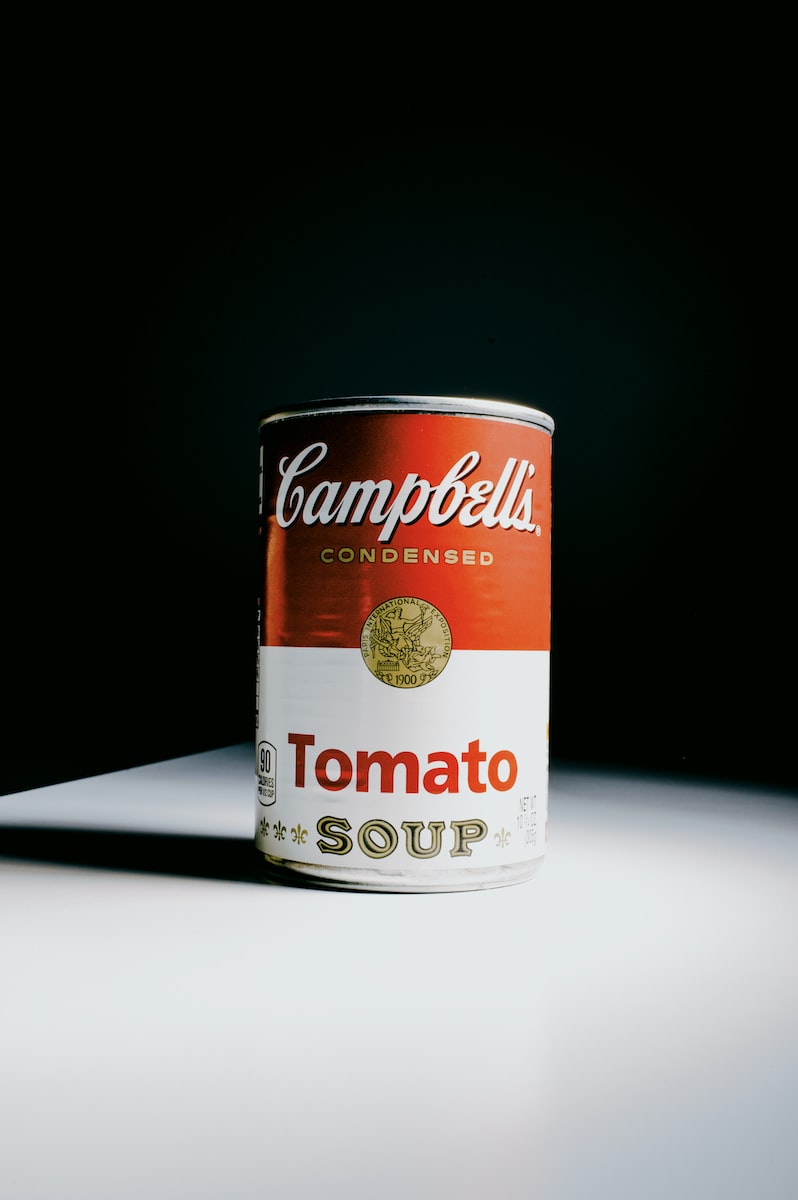Fair Use: Andy Warhol’s Work May Provide Meaningful Guidance for Trademark Law

This week marks the 10th Anniversary of Fair Use Week. Join us for a discussion around recent developments related to the fair use doctrines in both copyright and trademark law and the importance of fair use to the creative market.
In 1981, artist Andy Warhol created a series of silkscreen prints based on a copyrighted photograph taken by Lynn Goldsmith of the musician/entertainer Prince. The “Prince Series,” although aesthetically different from the original photograph by Goldsmith, remained recognizable from the original photograph. Goldsmith filed suit against the Andy Warhol Foundation for copyright infringement and the Foundation raised fair use as a defense arguing that the “Prince Series” had transformed the original work. The district court granted summary judgment for the Foundation holding that the series had “transformed” the work giving it a “new meaning and message.” On appeal, the U.S. Court of Appeals for the Second Circuit held that because the “Prince Series” remained “recognizably derived” from the original, it had not transformed the original photograph and did not constitute a fair use. Oral arguments were heard before the Supreme Court of the United States in October 2022 and a decision has yet to be issued.
Andy Warhol Foundation v. Goldsmith has reignited conversation about the importance of fair use to the creative market. In submitted amicus briefs parties such as the Association of American Publishers, the Recording Industry Association of America, and the Solicitor General all assert that creators, artists, and consumers alike all rely on the necessary balance struck within copyright law that grants copyright owners exclusive use of their product or creation whilst still allowing others to build on that work through secondary uses. That balance is doubly important as granting exclusive rights to one person or party could also violate First Amendment principles under freedom of expression. As these issues continue to be confronted, similar conversations are occurring before courts and in amicus briefs as they pertain to fair use in trademark law.
The trademark fair-use exemption is limited to uses “other than as a designation of source for” the defendant’s “own goods or services” under 15 U.S.C. §1125(c)(3)(A). Fair use arguments are arising in new contexts such as with dog toys and NFTs.
Jack Daniel’s Properties, Inc. v. VIP Products, LLC is set to be heard before the Supreme Court to answer, amongst other questions, the question of whether a humorous use of another’s trademark as a commercial product is subject to the likelihood of confusion analysis or instead receives heightened First Amendment protection from trademark infringement claims. Whiskey company Jack Daniel’s is suing VIP Products LLC, the creator of a plastic dog toy that resembles a Jack Daniel’s whiskey bottle. Instead of reading “Jack Daniel’s” the toy bottle reads “Bad Spaniels” and features other dog-related messaging. VIP Products has argued that the toy constitutes a fair use as it was a parody which would provide an exception to the trademark infringement claim.
Hermés v. Rothschild concerns the creation of NFT ‘MetaBirkins’ which depict furry, stylized, Birkin bags created by Rothschild and sold digitally. The Southern District of New York held last week that the ‘MetaBirkins’ were an infringement of Hermés’ trademark and trade dress and amongst other things did not constitute a fair use. This decision has been seen by many as a loss for artists everywhere who could be deterred from experimenting in their artwork if it could be seen as less than art and likened to a copy.
Andy Warhol rose to fame through his iconic images of Campbell’s soup cans and Coca-Cola bottles that took pop culture and transformed it. Why is this important? Arguments for and against the protection of the works created in Jack Daniel’s and in Rothschild reference the transformative nature that works should take to satisfy fair use or First Amendment protection. Warhol’s Campbell’s soup cans have served as a comparative example for parties such as Rothschild to liken them to the creation of the ‘MetaBirkin’ and legitimize the ‘MetaBirkin’ as an expressive work. Rothschild is the first case of its kind to reach trial. However, with the popularity of NFTs and rising interest of large companies in them, there will be more cases like Rothschild to be litigated. Cases such as Rothschild that deal with NFTs also raise novel legal questions for brand protection. Further, for cases like Jack Daniel’s, the decision in Warhol may provide guidance for the assessment of works under the trademark framework. If the “Prince Series” is found not to be a fair use, it could have similar meaning for works of a similar class under trademark law. Trademark law’s fair use structure is narrower than that of copyright law’s, but the balancing of the interests of brand owners, consumers, and artists will be an important one to strike in a subsequent decision.
There is a societal and economic benefit from allowing creativity to flourish in this context. Where artists are able to draw inspiration from previously created works and posit them in new scenarios and with new meaning, a new piece is created. A concern across both copyright and trademark law in a world where there is a high bar to meet in achieving “transformation” of a work would be a chilling effect on artists – up-and-coming and established – to create works that so much as resemble the works of another. Warhol v. Goldsmith sets forth important arguments surrounding protecting creatives’ right to expression. The arguments set forth in that case and the forthcoming decision may provide useful guidance across both areas of law that could potentially shift the landscape for artists budding with creativity as new entrants in the market.








